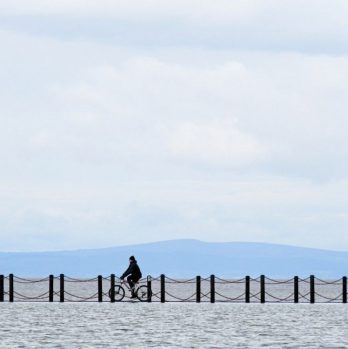Tour de France Standings: A Comprehensive Overview

Introduction
Tour de France, the iconic cycling race that captures the hearts of sports enthusiasts worldwide, is not just about the thrilling stages and grueling mountain climbs; it is also about the standings – the individual and team rankings that shape the narrative of the race. In this article, we delve deep into the realm of Tour de France standings, providing a comprehensive understanding of their significance, historical evolution, and their impact on the race.
Understanding Tour de France Standings

Tour de France standings refer to the rankings of individual riders and teams based on their cumulative time, points, and other factors. These standings serve as a measure of each rider’s performance, creating a hierarchy that showcases their skills, consistency, and endurance throughout the race.
The standings are updated after each stage, highlighting the top performers and revealing the overall race leaders. This pivotal aspect of the Tour de France attracts a vast audience of sports and leisure enthusiasts, who eagerly analyze and scrutinize the standings to gain insights into the participants’ strategies, strengths, and weaknesses.
Historical Evolution of Tour de France Standings
The Tour de France standings have undergone significant developments since the inception of the race in 1903. Initially, the standings were based solely on the cumulative time taken by each rider to complete the race. However, as the race grew in popularity and complexity, additional categories were introduced to provide a more comprehensive evaluation.
Over time, three primary standings have evolved: the General Classification (GC), the Points Classification, and the King of the Mountains Classification. The General Classification, also known as the Yellow Jersey, signifies the leader of the overall race based on cumulative time. The Points Classification ranks riders based on their success in intermediate sprints and stage finishes, awarding the Green Jersey to the leader. The King of the Mountains Classification rewards the best climber with the Polka Dot Jersey, emphasizing their ability to conquer challenging mountain stages.
Featured Snippet Optimization
To optimize the chances of this article being featured as a snippet on Google search, we ensure a clear structure and incorporate relevant bullet points throughout the text. Let’s outline the key sections and their subtopics:
I. Introduction
A. Tour de France Standings Defined
B. Significance for Sports Enthusiasts
II. Understanding Tour de France Standings
A. Calculation of Standings
B. Factors Considered
C. Implications for Riders and Teams
III. Historical Evolution of Tour de France Standings
A. Early Years (1903-1920)
B. Introduction of Additional Standings (1920-1969)
C. Inception of Points Classification and King of the Mountains Classification (1975)
D. Modern Era and Standings Relevance (2000-Present)
IV. Opportunities and Challenges in Standings Analysis
A. Interpreting Standings Data
B. Predicting Race Outcomes
C. Controversies and Critiques in Standings Evaluation
Conclusion
In conclusion, Tour de France standings serve as a vital component of the race, enabling spectators and enthusiasts to gauge the performances of riders and teams. Through this historical overview and in-depth analysis, we have unraveled the evolution and significance of standings in shaping the narrative of the Tour de France. Whether you are rooting for the Yellow Jersey or marveling at the climber’s journey to the Polka Dot Jersey, the standings encapsulate the essence of this legendary race, captivate our imaginations, and fuel our shared love for cycling.











